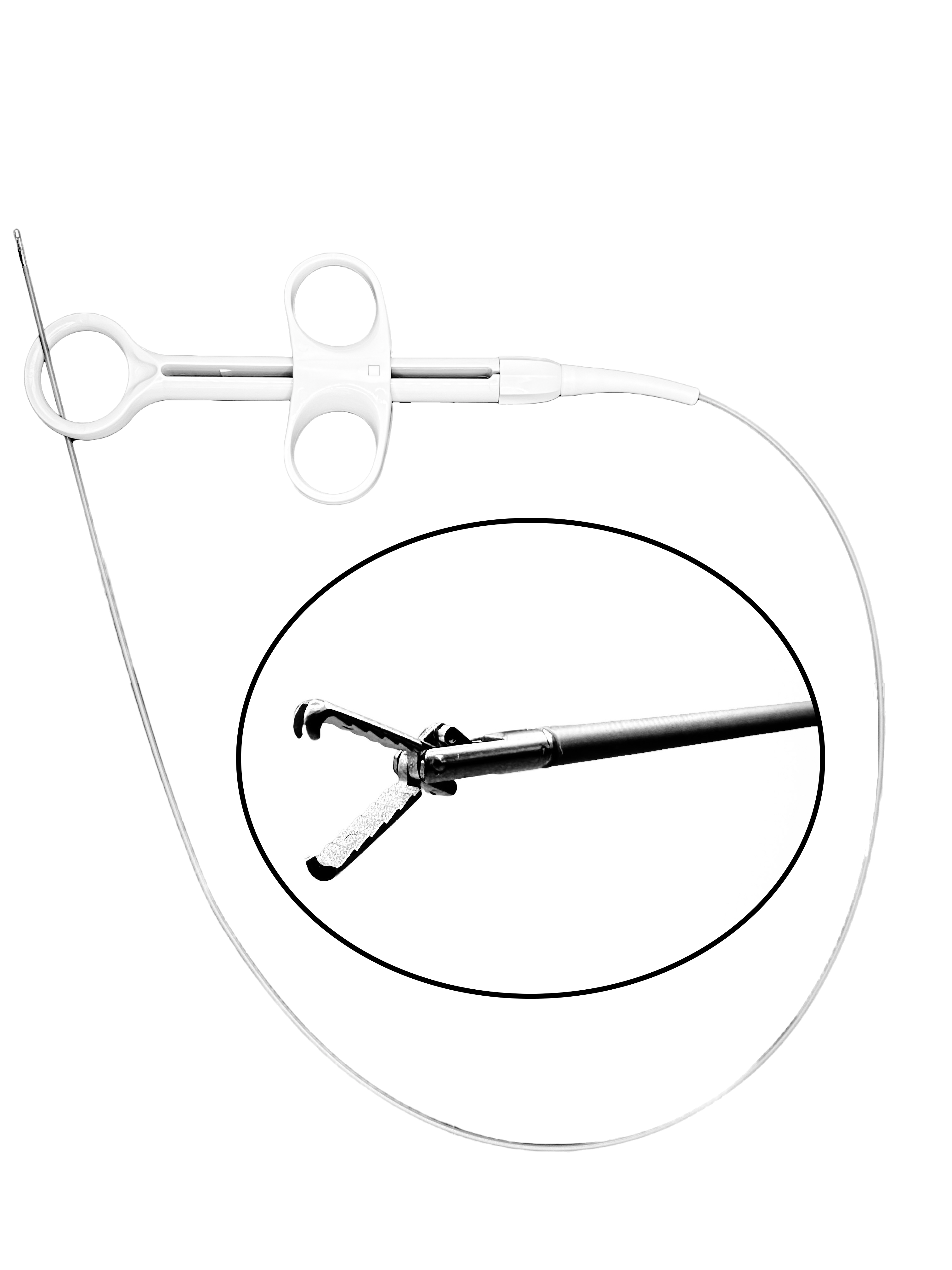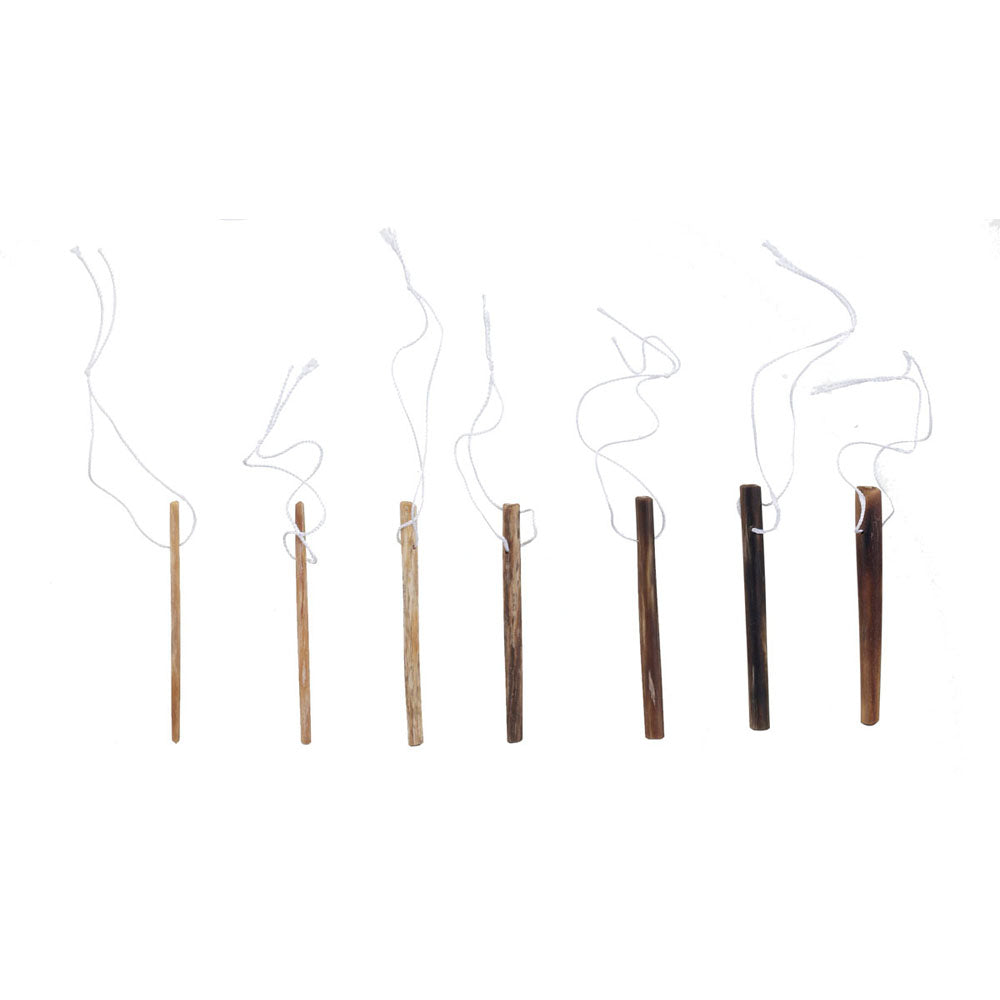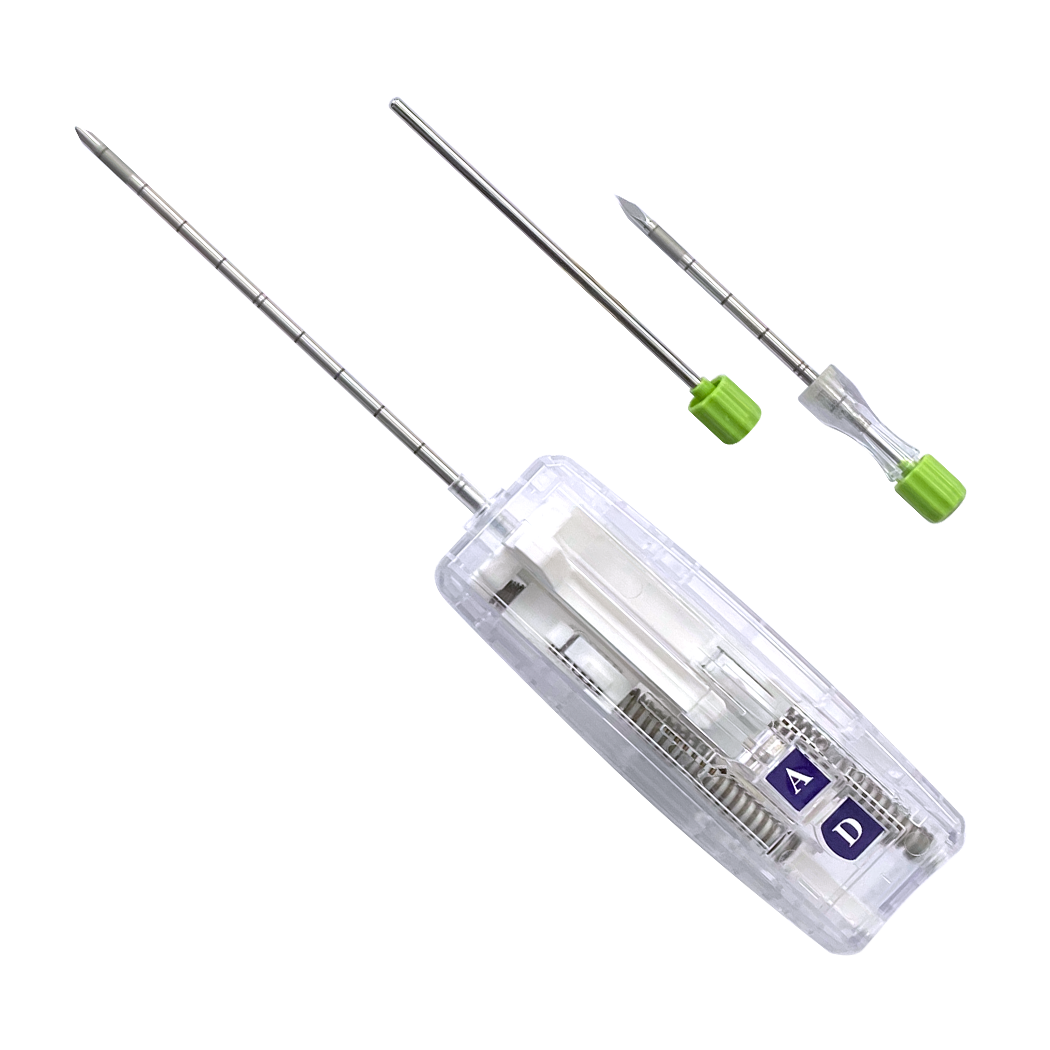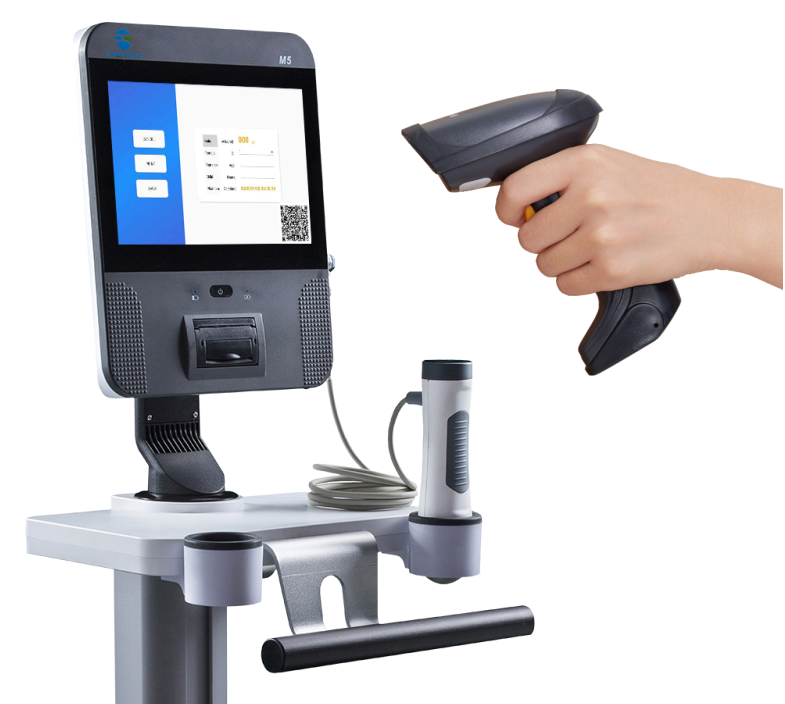In the rapidly evolving landscape of healthcare, infection prevention has become a paramount concern. The emergence of healthcare-associated infections (HAIs), particularly those stemming from contaminated medical devices, has necessitated a shift towards safer, more efficient solutions. Among these, single-use stent graspers have gained significant traction, offering a promising alternative to traditional reusable devices. This article delves into the role of single-use stent graspers in infection prevention, comparing them with their reusable counterparts, and explores why healthcare providers are increasingly choosing single-use options.
Understanding Infection Risks in Healthcare
Healthcare-associated infections (HAIs) are a persistent challenge in medical settings, affecting millions of patients worldwide each year. These infections, which occur in patients receiving treatment for other conditions, can lead to severe complications, prolonged hospital stays, and even death.
- Prevalence of HAIs: According to the Centers for Disease Control and Prevention (CDC), approximately 1 in 31 hospital patients has at least one HAI on any given day. These infections are not only life-threatening but also contribute to increased healthcare costs, estimated at billions of dollars annually.
- Common Pathogens: HAIs are commonly caused by pathogens such as Methicillin-resistant Staphylococcus aureus (MRSA), Clostridioides difficile, Escherichia coli, and Pseudomonas aeruginosa. These pathogens can thrive in healthcare environments, particularly on improperly sterilized medical devices.
The Role of Stent Graspers in Urology and Infection Risk
Stent graspers are vital tools in urological procedures, allowing doctors to manipulate and retrieve ureteral stents. However, the design and repeated use of traditional reusable stent graspers pose significant risks for infection transmission.
- How Contamination Occurs: Reusable stent graspers must undergo rigorous cleaning and sterilization processes after each use. Despite stringent protocols, the complex structure of stent graspers, including their narrow channels and intricate components, can harbor residual bacteria or biofilms. This residual contamination can lead to cross-infection when the device is used on subsequent patients.
- Infection Statistics: Studies have shown that reusable stent graspers are associated with a higher risk of HAIs. For example, research published in the American Journal of Infection Control found that inadequate reprocessing of endoscopic instruments, including stent graspers, contributed to several infection outbreaks in hospitals.
The Rise of Single-Use Medical Devices
The shift from reusable to single-use medical devices is not a new phenomenon but has gained momentum in recent years, driven by the need for enhanced infection control and patient safety.
- Historical Context: In the past, most medical devices were designed for reuse, with a focus on cost savings. However, the increasing incidence of HAIs and the complexity of sterilizing reusable devices have led to a reevaluation of this approach. Single-use devices, designed to be discarded after one use, offer a solution that eliminates the risk of cross-contamination.
- Technological Advancements: The development of single-use stent graspers has been facilitated by advancements in materials science and manufacturing. Modern single-use devices are made from high-quality materials that provide the necessary durability and functionality for precise medical procedures.
Benefits of Single-Use Stent Graspers
Single-use stent graspers offer numerous benefits that make them an attractive option for healthcare providers focused on infection prevention and patient safety.
- Elimination of Cross-Contamination: The most significant advantage of single-use stent graspers is their ability to eliminate the risk of cross-contamination. Since these devices are disposed of after a single use, there is no need for reprocessing, and therefore no risk of carrying pathogens from one patient to another.
- Consistent Performance: Single-use stent graspers are designed to deliver consistent, high-quality performance in every procedure. Unlike reusable devices, which may degrade over time due to repeated use and sterilization, single-use stent graspers are manufactured to meet exacting standards for each use.
- Reduced Maintenance and Operational Costs: While the initial cost of single-use devices may be higher than reusable ones, they offer savings in other areas. There are no costs associated with sterilization, maintenance, or repairs. Additionally, the reduced risk of infections translates to fewer patient complications and lower treatment costs.
- Improved Workflow Efficiency: Single-use stent graspers streamline workflows in busy healthcare environments. Since they do not require cleaning or sterilization, they reduce turnover time between procedures, allowing healthcare providers to treat more patients efficiently.
- Environmental Considerations: While single-use devices generate waste, their environmental impact can be mitigated through proper disposal and recycling programs. Advances in materials science have also led to the development of more eco-friendly single-use devices.
Comparison Between Single-Use and Reusable Stent Graspers
To fully understand the advantages of single-use stent graspers, it's essential to compare them directly with reusable stent graspers in several key areas.
Infection Control
- Single-Use Stent Graspers: These devices are inherently safer in terms of infection control because they are used once and then discarded. This eliminates the risk of cross-contamination, making them a preferred choice in settings where infection prevention is critical.
- Reusable Stent Graspers: Despite rigorous cleaning and sterilization processes, reusable stent graspers pose a higher risk of cross-contamination. Any lapse in the reprocessing procedure can result in residual pathogens being passed on to subsequent patients.
Cost Implications
- Single-Use Stent Graspers: The initial purchase cost of single-use devices may be higher than that of reusable stent graspers. However, when considering the total cost of ownership, including sterilization, maintenance, and potential infection-related expenses, single-use devices can be more cost-effective in the long run.
- Reusable Stent Graspers: Reusable stent graspers require ongoing investment in sterilization equipment, cleaning solutions, and maintenance. Over time, these costs can add up, making reusable devices more expensive than they initially appear.
Environmental Impact
- Single-Use Stent Graspers: The environmental impact of single-use devices is a concern for many healthcare providers. However, with proper disposal and recycling practices, the environmental footprint of single-use stent graspers can be minimized. Additionally, ongoing research into more sustainable materials promises to reduce this impact further.
- Reusable Stent Graspers: Reusable devices may seem environmentally friendly due to their repeated use, but they require energy-intensive sterilization processes and harsh chemicals, which can also have a negative environmental impact.
Workflow Efficiency
- Single-Use Stent Graspers: These devices offer significant advantages in terms of workflow efficiency. They do not require cleaning or reprocessing between uses, allowing for faster turnaround times in busy healthcare settings.
- Reusable Stent Graspers: Reusable stent graspers require time-consuming cleaning and sterilization after each use. This process can create bottlenecks in busy clinics, reducing overall efficiency and increasing wait times for patients.
Patient Safety and Outcomes
- Single-Use Stent Graspers: By eliminating the risk of cross-contamination, single-use stent graspers contribute to improved patient safety and outcomes. Fewer infections lead to quicker recoveries and fewer complications, enhancing overall patient care.
- Reusable Stent Graspers: While reusable stent graspers can be safe when properly sterilized, there is always a risk of contamination. Even a small percentage of failures in the reprocessing protocol can lead to severe consequences for patient safety.
Why Choose Single-Use Over Multi-Use Stent Graspers?
Given the comparison between single-use and multi-use stent graspers, there are several compelling reasons why healthcare providers should consider choosing single-use options.
Infection Prevention
- The most critical reason for choosing single-use stent graspers is their role in infection prevention. The elimination of cross-contamination risk is a significant advantage, particularly in high-stakes medical environments where patient safety is paramount.
- Healthcare-Associated Infections (HAIs): By using single-use stent graspers, healthcare providers can drastically reduce the incidence of HAIs, improving patient outcomes and reducing the overall burden on the healthcare system.
Cost-Effectiveness
- While the upfront cost of single-use devices may be higher, their overall cost-effectiveness becomes evident when considering the savings in sterilization, maintenance, and infection-related costs.
- Long-Term Savings: The reduction in HAIs and the associated costs of treating infections can lead to substantial long-term savings for healthcare facilities.
Workflow Efficiency
- Single-use stent graspers streamline workflows by eliminating the need for cleaning and sterilization between uses. This efficiency is particularly beneficial in busy clinics and hospitals where time is of the essence.
- Increased Throughput: With faster turnover times between procedures, healthcare providers can see more patients, improving service delivery and patient satisfaction.
Patient Safety
- Patient safety is at the core of the decision to use single-use stent graspers. The ability to provide each patient with a sterile, uncontaminated device ensures that they receive the highest standard of care.
- Improved Outcomes: Fewer infections lead to better patient outcomes, quicker recoveries, and fewer complications, which are critical metrics in evaluating the success of medical procedures.
Environmental Considerations
- While environmental impact is a concern with single-use devices, it is important to balance this against the benefits in infection control and patient safety. Advances in sustainable materials and recycling practices are helping to mitigate the environmental footprint of single-use stent graspers.
- Sustainable Practices: Healthcare providers can adopt best practices for the disposal and recycling of single-use devices, contributing to a more sustainable healthcare environment.
Frequently Asked Questions (FAQs)
To further clarify the advantages of single-use stent graspers and address common concerns, here are answers to frequently asked questions:
What Are the Main Benefits of Single-Use Stent Graspers Over Reusable Ones?
Single-use stent graspers offer significant benefits in infection prevention by eliminating the risk of cross-contamination. They also reduce the need for sterilization, maintenance, and potential infection-related costs, making them a cost-effective choice in the long run.
How Do Single-Use Stent Graspers Contribute to Infection Prevention?
These devices are designed for one-time use, which completely removes the risk of transmitting pathogens from one patient to another. This is crucial in reducing healthcare-associated infections (HAIs).
Are Single-Use Stent Graspers Environmentally Friendly?
While they generate more waste than reusable devices, advances in recycling and waste management are helping to mitigate their environmental impact. Some manufacturers are also developing more sustainable materials for these devices.
What Are the Cost Implications of Switching to Single-Use Stent Graspers?
Although the initial purchase cost may be higher, the overall cost is lower when considering savings on sterilization, maintenance, and infection-related treatments.
How Do I Ensure the Proper Disposal of Single-Use Stent Graspers?
Proper disposal protocols are essential. Many healthcare facilities partner with medical waste management companies to ensure that single-use devices are disposed of safely and sustainably.
The Future of Infection Prevention in Healthcare
The shift towards single-use stent graspers is not just a trend; it is an essential step forward in modern healthcare. As technology continues to advance, these devices are likely to become even more integral to infection prevention strategies, offering benefits in patient safety, cost-effectiveness, and workflow efficiency.
The adoption of single-use stent graspers represents a significant improvement in how healthcare providers manage infection risks, ensuring that patients receive the highest level of care with the least risk of infection. By addressing both the clinical and economic challenges of reusable devices, single-use stent graspers are set to play a crucial role in the future of healthcare.
You can contact us for more information about our single-use stent graspers.




